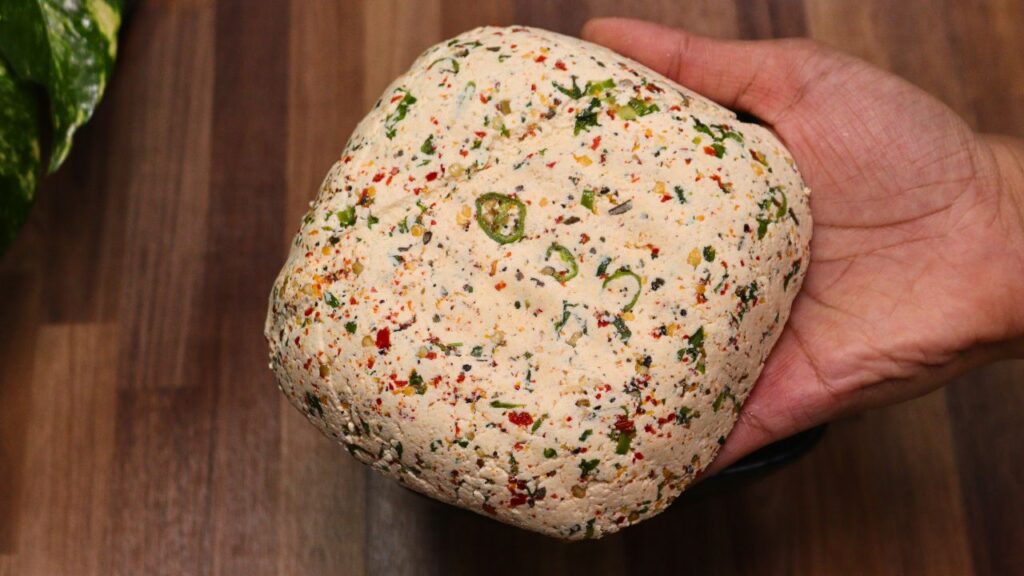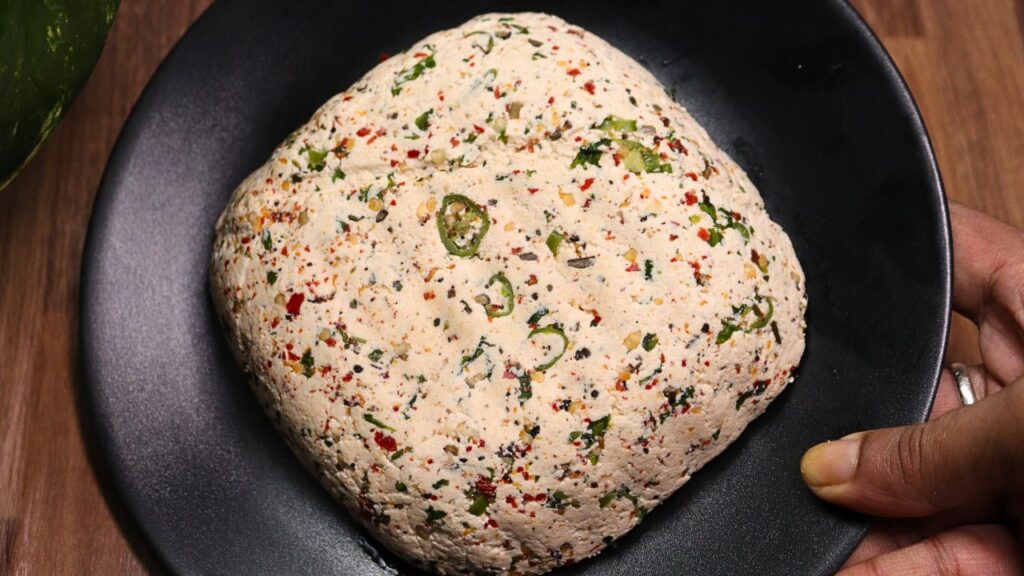



Masala Paneer, a vibrant take on the classic paneer recipe, brings together a blend of spices and seasonings that elevate this Indian cheese to a new level of flavor. Often referred to as cottage cheese, paneer is a staple in many Indian households, enjoyed for its versatility in various dishes. In this masala version, the process involves curdling milk and infusing it with spices, adding a subtle but flavorful twist that makes it perfect for recipes like curries, wraps, and snacks. This homemade paneer is a treat for those who love cheese-making and are looking to add a new twist to traditional cottage cheese.
Making paneer at home is a rewarding experience, and with a recipe like this, you get the benefit of creating a fresh, preservative-free cheese with unique flavor profiles. Homemade paneer not only allows you control over the ingredients but also allows you to customize it to your taste preferences. This cheese recipe combines the rich creaminess of fresh milk with aromatic spices, such as cumin, black pepper, and coriander, adding warmth and depth to the final product.

Paneer, made from milk, is packed with protein and is a good source of calcium, which makes it beneficial for bone health. When prepared as masala paneer, it also gains the additional health benefits of the spices. For example, cumin and black pepper are known to aid digestion, while green chilies add a dose of Vitamin C. This blend of spices, along with fresh milk, results in a nutritious cheese that’s lower in fat than many aged cheeses but high in essential nutrients.
Being a fresh cheese, homemade paneer doesn’t undergo fermentation or aging, which makes it gentle on the stomach and suitable for most dietary needs. This quality makes it a great protein option for vegetarians and can be used in various recipes, from appetizers to main dishes, or even as a quick snack on its own.
The versatility of masala paneer is one of its biggest advantages. The addition of spices makes it flavorful enough to stand on its own in salads or grilled dishes, while still being mild enough to use in rich curries or wraps. Here are some popular ways to enjoy masala paneer:
Paneer-making has a long history in India, where it has been traditionally prepared by curdling milk with lemon juice or vinegar. The process for masala paneer starts the same way as regular paneer, with the difference being the addition of spices directly to the milk before curdling. This allows the flavors to be infused into the paneer, giving it a spiced aroma and taste.
Cheese-making, in general, involves curdling milk to separate the curds (solid) from the whey (liquid). In masala paneer, the curdling agent, usually vinegar, is added to the milk after it has been infused with spices. The curds are then strained and pressed to form a block of paneer, which can be sliced or cubed. For a firmer texture, it can be pressed for longer, while a softer paneer requires less time.
Since homemade paneer has no preservatives, it should ideally be consumed within 2-3 days for the best flavor and texture. Store it in an airtight container in the refrigerator. You can also freeze paneer, but note that freezing can slightly alter its texture, making it a bit crumbly.
Masala paneer can be used in creative ways to add flavor and interest to a range of dishes. Here are some serving ideas to make the most of your homemade masala paneer:

Masala paneer is a wonderful, homemade version of the classic Indian cottage cheese, infused with flavors that make it a delicious addition to many dishes. With just a few simple ingredients and steps, you can create a fresh, spiced cheese that’s ideal for a range of culinary applications, from curries to salads and wraps. Whether you enjoy it on its own or as part of a more complex dish, this homemade cheese is sure to be a hit.
Mix Water and Vinegar: In a small bowl, combine 3 tablespoons of vinegar with 0.25 cup of water to dilute it. Set aside to use later for curdling the milk.
Boil the Milk: Pour 2 liters of milk into a deep-bottomed vessel. Heat it over medium flame, stirring occasionally to prevent sticking.
Add Seasonings: As the milk starts to warm, add 0.5 tsp salt, 1 tsp pepper powder, 1 tsp crushed chili, 2 chopped green chilies, 0.5 tsp oregano, and 0.25 tsp cumin powder. Stir well to ensure the seasonings are evenly mixed.
Add Fresh Coriander: Just before the milk reaches a boil, add 0.25 cup of chopped coriander leaves and stir to combine. Turn off the heat and let the milk cool slightly for about a minute.
Gradual Addition of Vinegar Solution: Slowly pour the vinegar solution into the milk in small batches, stirring gently after each addition. The milk should begin to curdle, separating into solid curds and a greenish whey.
Finish Curdling: Continue adding the vinegar solution until the milk is fully curdled and the liquid turns a distinct greenish color. Stop adding the vinegar at this point.
Strain the Curdled Milk: Pour the curdled milk through a strainer lined with a muslin cloth. Allow the whey to drain, and then squeeze the muslin cloth gently to remove excess liquid.
Rinse with Cold Water: Pour cold water over the curds to wash out the vinegar smell. Squeeze again to remove as much water as possible.
Shape and Press: Place the muslin-wrapped paneer in a square-shaped vessel or bowl to set. Place a weight on top to help drain additional water, and let it sit for about 20 minutes.
Check and Store: After 20 minutes, remove the weight and check if the paneer is well set. Cut it into desired shapes, and use it immediately or store it in an airtight refrigerator container.
Homemade paneer can be stored in an airtight container in the refrigerator for 2-3 days.